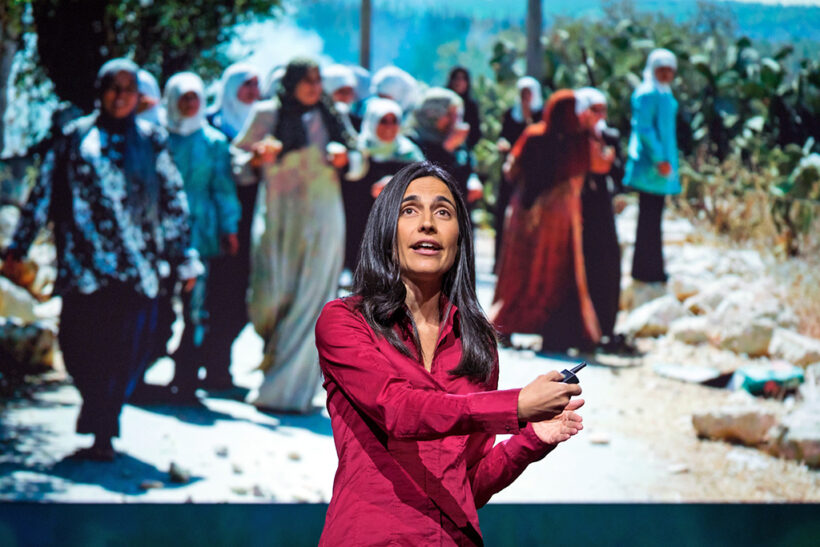Are we incapable of imagining nonviolent alternatives?
First, we invite you to watch the following video about monkeys, bananas and the ladder. It makes us think that many of the basic issues that we accept without any questioning or verifying, [are issues that] we have inherited without knowing their origin or the circumstances that gave rise to them. We simply replicate what others do and ignore different behaviors. This ends up creating, at a social level, cultural behaviors that end up being unique, without the possibility of an alternative. This is what Utopia contagiosa (Contagious Utopia) in its book “Política noviolenta y lucha social “ (“Nonviolent Politics and Social Struggle”) called the paradigm of domination-violence. Our usual conformism means that we are not even capable of imagining alternative behaviors within the paradigm of cooperation- nonviolence.
We know that the story has no real basis, there does not seem to have been such a group of scientists who made the experiment, and here we should invoke the saying “se non è vero, è ben trovato” (If it’s not true, it’s well come up with).
If we pay attention to nonviolent struggles, they will multiply, but if we do not, they will disappear.
Julia Bacha is dedicated to filming examples of nonviolent resistance of Palestinians and Israelis to end the violent conflict that has been raging for decades. In the following video (we remind you that at the bottom you have to activate the subtitles if you do not understand English) she explains that despite her outreach efforts, the reality is that the nonviolent struggle, which is very active in Palestine, is not known abroad, that is, it does not exist for us.Her thesis is quite simple, our lack of attention and diffusion of nonviolent activities prevents them from succeeding.
Palestinian nonviolent resistance exists and is very active. The West, by not publicizing it, makes it non-existent. What Palestinian nonviolence lacks is Western cooperation.
Bacha gives an example: the struggle of a small Palestinian village called Budrus, very close to Tel Aviv, on the road to Jerusalem. Israel had designed the partition of the village by building a wall that would isolate it. Local leaders conducted a nonviolent campaign against the wall in 2003, in which both Palestinians and Israelis participated (Documentary film in English and information about it and its awards on Wikipedia). Budrus was a success after 10 months of peaceful struggle and the Israeli government had to move the wall out of their land to the green line, which is the internationally recognized border.
The Western media did not give prominence or follow up to this news and this has consequences, according to Bacha, for the present and future of nonviolence in the Israeli-Palestinian conflict. Bacha advocates transforming nonviolence into a functional, useful behavior that is replicated in the international community. She believes that greater monitoring and attention to nonviolent struggles in the Middle East will, in the future, bring peace closer : the ball is in our court.






